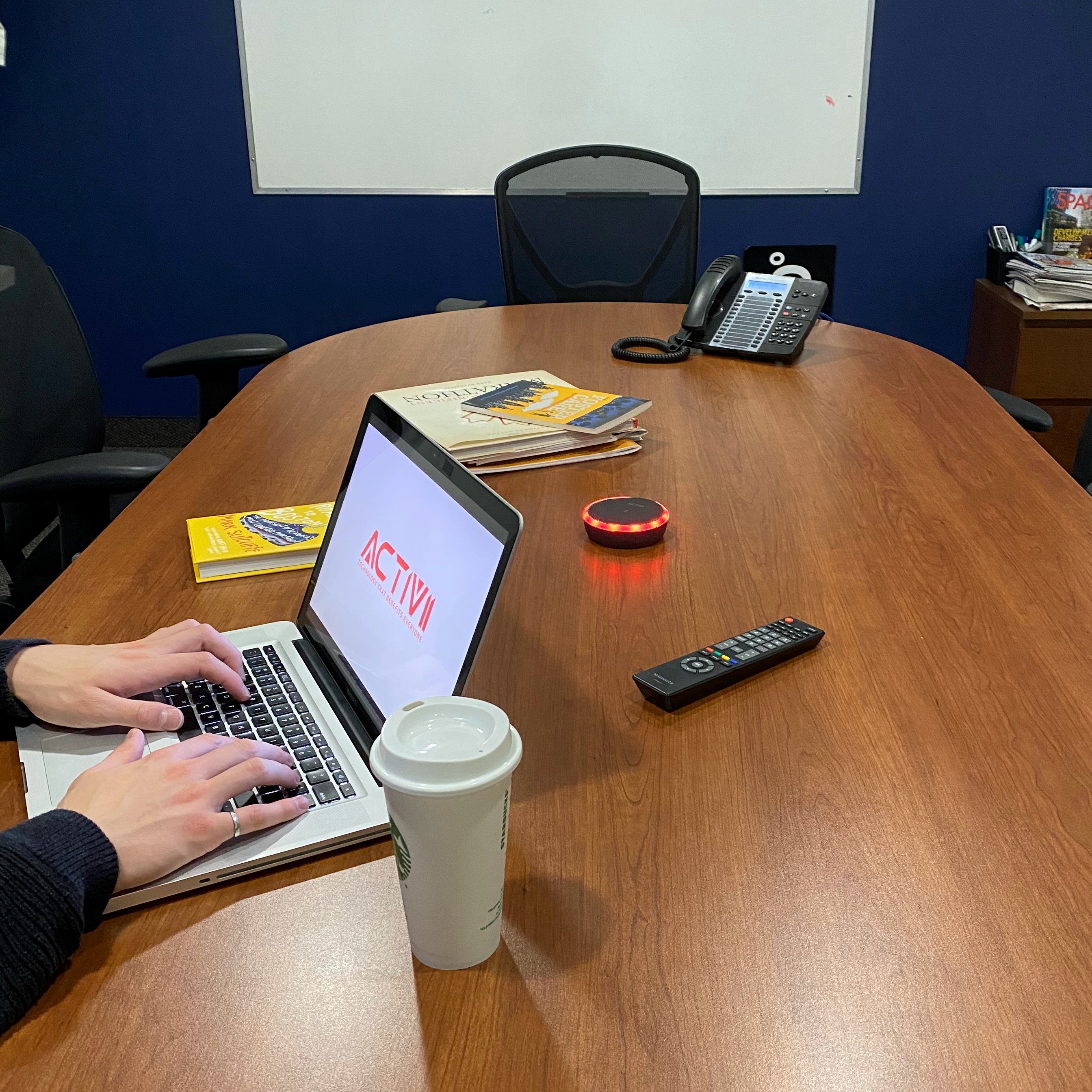In the spring of 2020, Alex Koch—then a second-year Electrical and Computer Engineering student at Queen’s—was approached by a pair of long-time friends, Cameron Walker and Brittany Humphries. The duo, post-secondary students also stuck at home amid the first wave of COVID-19, had dreamed up a coronavirus-inspired device and asked for his technical knowledge to implement the idea.
“Inspired by occupancy sensors in parking garages, Cameron thought of the device,” said Koch. “A sensor that tells customers what to use and employees what to clean.” An electrical apprentice, Walker contacted Humphries, a PhD candidate in Health Research Methodology at McMaster University, who recognized the community health opportunity. “Brittany wanted to challenge the outdated ways we monitor sanitation—public health inspectors and basic paper logs—with a device that would bring hospital-level technology to the community space,” he said.
“With my background in computer engineering, I was brought on to help transition the paper sketches to a preliminary prototype and eventual finished product.”
The result? ACTIVII, "a low-profile, high-tech system for communicating cleanliness in real-time so employees know what's dirty and customers use what's clean.”

Koch credits his learning journey in the Faculty of Engineering and Applied Science for preparing him to meet this real-world challenge. Methodically, he recounted that process. “The faculty-wide first and second-year economics and design project courses allowed me to develop my non-technical skills. These include thorough problem definition, requirement and stakeholder analysis, risk assessment. In doing so, I was able to apply what had been taught in the classroom in a real-world setting.”
“Tangentially, the courses offered by the ECE discipline established a solid foundation for my technical skills. Courses that accentuate technical analysis, specification breakdown, with laboratory sessions that provided me with hands-on experience with circuits, digital systems and mechatronics were truly invaluable.”
The group was enabled by a collaborative spirit that harnessed the strengths of each contributor. “We are all passionate about the problem that we are solving but we approach it from such different perspectives, which I believe is one of our strengths as a team and a reason why we are able to collaborate so effectively. We all take the lead on different components of business and product development based on our interests and expertise.”
Retail establishments in the Ottawa area are testing the ACTIVII device now, with a full roll-out coming soon.